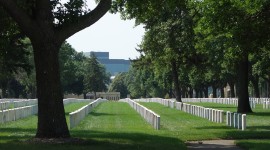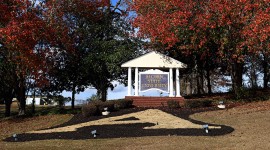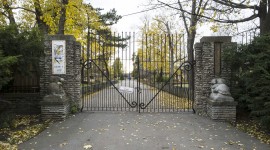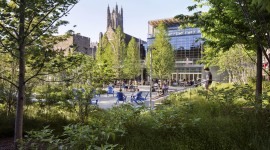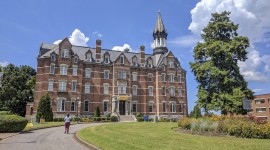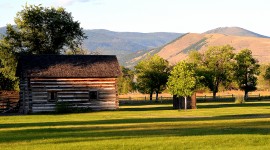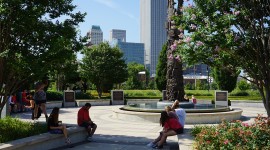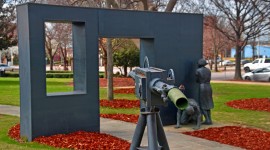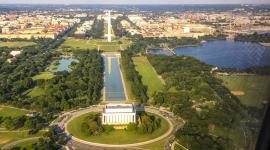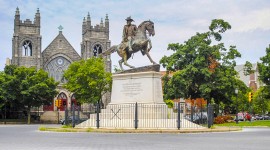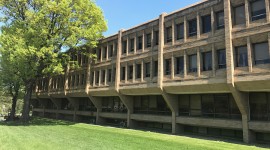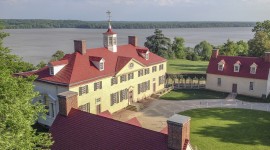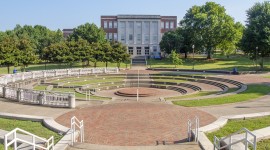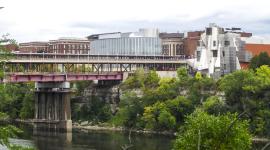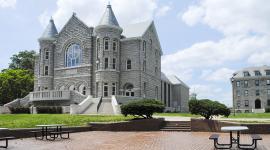Beaux-Arts / Neoclassical
The American adaptation of French-led Beaux-Arts architectural movement provided the basis for much American architectural and landscape architectural design in the late-nineteenth and early-twentieth century during the American Country Place Era. This style emulated European Renaissance and Baroque landscapes, as well as the gardens of Islamic-era Spain. It endured into the Great Depression, falling out of favor before the 1940s. Linked together by formal geometry within an over-all landscape design, Beaux-Arts garden “rooms” were defined by linear allées and hedges, as well as by walls and neoclassical garden pavilions. Classical sculptures often served as focal points and lined the sides of long vistas. Fountains, water chains, oblong reflecting pools, and details such as arbors and seating relied upon symmetry, balance, and elegance of detail. However, forms and details often were selected or adapted from multiple eras (typically Arabic, Renaissance, and Baroque) and European traditions (usually Italian, French, or British), resulting in an eclectic mix of historical references. This grand and formal style was popular throughout the country for large estates, as well as in City Beautiful era urban design.



